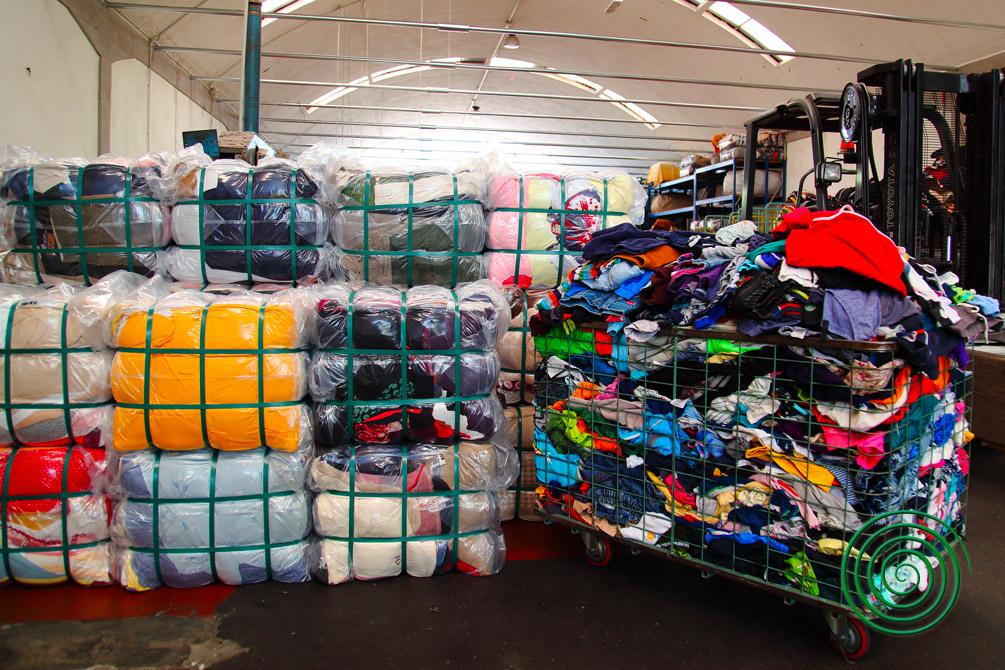The Reuse
All of us, from time to time, need to make space in our closets, taking advantage of the well-known and eagerly awaited change of seasons to undertake this perhaps somewhat tedious but necessary task.
The clothing industry generates a business with a turnover of over 1.3 trillion dollars, employs more than 300 million people, and uses over 98 million tons of non-renewable resources annually. This includes petroleum to produce synthetic fibers, fertilizers for cotton plantations, and the use of dyes and chemical auxiliaries to color and finish fibers and fabrics.
Added to this are 93 billion cubic meters of water, which exacerbates drought, and the emission of about 1.2 billion tons of CO2. This doesn’t even take into account the consumption in terms of kilowatts of energy, discharging 500 thousand tons of microplastics into the oceans, while the value of unused clothing approaches 500 billion dollars. This makes it one of the most polluting industries in the world.









In the Midst of an Environmental Emergency
In recent years, the global rise in incomes and the spread of a business model like FAST FASHION led the UN on March 6, 2018, to publicly declare: “The fast fashion industry represents a clear ‘environmental emergency’.” For the aforementioned reasons, there’s a growing awareness of the need to shift from a linear production model to a circular one, following already existing circular economy models.
Recent European regulations require member states to make textile recycling mandatory
Textile recycling includes used garments and textile waste from industrial manufacturing…
and it demands a focus on reuse and recycling. There are two proper ways to dispose of one’s clothing items: either wait for the usual door-to-door collections organized by municipalities or take a walk and deposit them in the designated bins for used clothes, which are generally scattered throughout cities.
Authorized companies will collect the material, either from the bins or through door-to-door service, and will then hand it over to other authorized companies responsible for the initial selection.
These companies, referred to as “primary facilities,” are the first link in the textile circular economy chain and are responsible for recovering post-consumer cycles (used garments).
are able to reuse up to 65% and recycle 31% of the processed materials, with only 3/4% of the material not suitable for reuse and not recyclable, destined for landfill or waste-to-energy facilities. Therefore, approximately 97% of our clothes are reused.
covering a total of approximately 50,000 square meters employing more than 600 workers and having a processing capacity of about 70,000 annual tons of used garments.
To give them a second life.
This process requires no environmentally impactful transformation and no consumption of raw materials since it is carried out solely through the use of labor, abundant passion, experience, and expertise.


